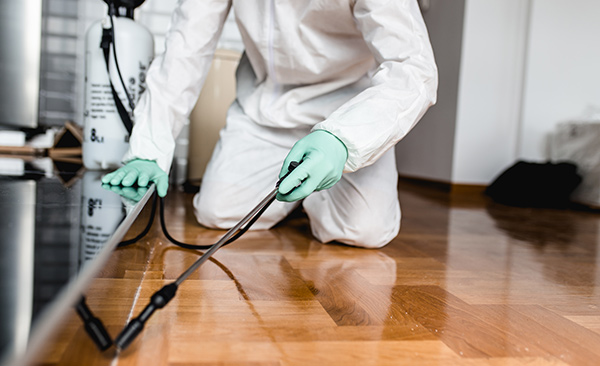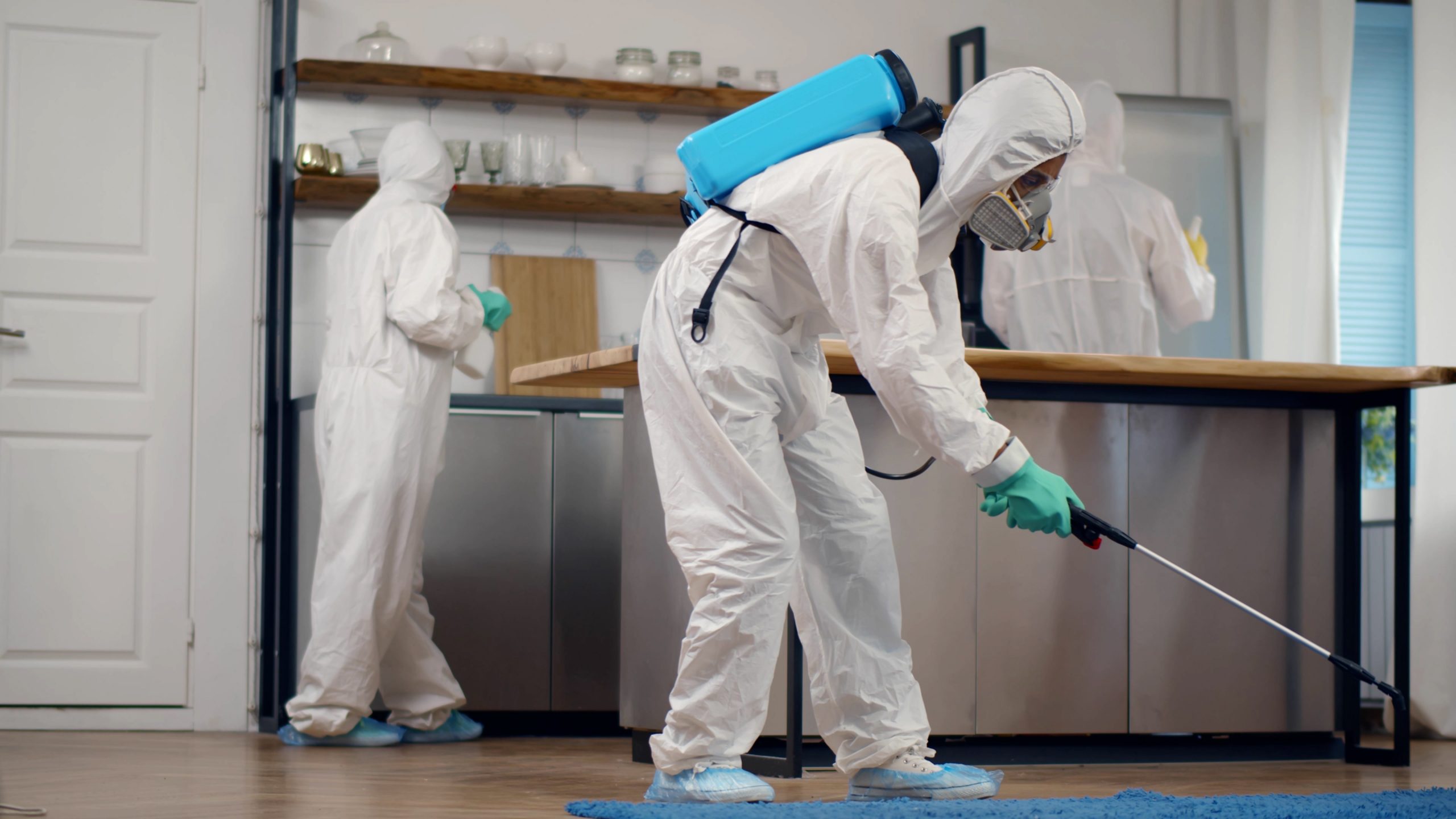Eco-Friendly Parasite Control Approaches for Taking Care Of Wildlife in Urban Locations
Urban locations frequently find themselves at the junction of human task and wild animals, resulting in one-of-a-kind challenges in parasite administration. Environment-friendly methods emphasize sustainable coexistence, employing methods such as habitat alteration and all-natural repellents to reduce human-wildlife problems. These methods not just secure the atmosphere but additionally enhance neighborhood interaction in wildlife administration. As urban populaces continue to expand, recognizing the dynamics of wild animals interactions ends up being progressively important. What cutting-edge techniques can be implemented to make sure both eco-friendly balance and city security? Discovering this inquiry discloses an engaging landscape of prospective services.
Comprehending Urban Wild Animals Dynamics
Understanding Urban Wildlife Dynamics is essential for developing efficient and eco-friendly insect control strategies. Urban locations are significantly coming to be environments for numerous wildlife species, driven by factors such as habitat fragmentation, food availability, and human advancement. Recognizing these characteristics enables a nuanced strategy to pest monitoring that straightens with eco-friendly principles.
Urban wildlife usually includes varieties such as raccoons, squirrels, and birds, which adjust to city settings, finding specific niches in environment-friendly areas, parks, and also houses. Their presence can result in problems with human beings, specifically when they manipulate human resources for food and sanctuary. Understanding the behaviors and eco-friendly functions of these types educates techniques that decrease unfavorable interactions while promoting biodiversity.
Additionally, acknowledging the interdependencies within urban ecological communities helps in determining critical locations for habitat conservation and remediation. This expertise adds to the growth of integrated parasite administration (IPM) methods that consider the ecological equilibrium, thereby reducing dependence on unsafe chemicals. By fostering conjunction between people and city wild animals, cities can create healthier environments that benefit both locals and local environments, paving the method for sustainable metropolitan living.
Natural Repellents and Deterrents
All-natural repellents and deterrents provide a lasting alternative to traditional parasite control methods by harnessing the power of nature to keep undesirable varieties at bay. These green services commonly make use of plant-based ingredients, vital oils, and various other naturally taking place substances that prevent insects without harming the environment.
One efficient natural repellent is peppermint oil, which is known to push back rodents and insects. Its strong fragrance is unpleasant to lots of bugs, making it a popular selection for metropolitan setups. Vinegar and citrus peels can serve as deterrents, as their strong smells are commonly unattractive to various wild animals.
Furthermore, diatomaceous earth is an all-natural powder that can be spread in locations prone to bug activity, effectively dehydrating and deterring pests without positioning risks to non-target types. Moreover, garlic sprays and neem oil are identified for their capability to drive away a large range of bugs, consisting of both pests and bigger wild animals.
Executing these all-natural repellents not just reduces reliance on chemical pesticides however additionally promotes a healthier city ecosystem, promoting a more well balanced coexistence between people and wildlife. By utilizing these approaches, urban areas can efficiently take care of parasite populations while lessening environmental impact.
Habitat Adjustment Methods
Reliable environment modification methods play an essential duty in lasting insect administration by modifying the environment to make it less favorable to pest problems. By understanding the eco-friendly characteristics of urban locations, homeowner can implement strategic modifications that hinder pests while promoting biodiversity.
Another important technique is to seal entry points in buildings. Checking and repairing cracks in foundations, wall surfaces, and home windows can dramatically lower pest accessibility. Furthermore, developing physical obstacles, such as fences or plant buffers, can hinder wild animals movement right into human-inhabited locations.
Integrated Bug Administration Practices
Building upon environment alteration strategies, incorporated insect administration (IPM) practices provide a holistic see this strategy to managing bug populations while decreasing ecological impact. IPM integrates various methods, including organic, cultural, mechanical, and chemical controls, to attain efficient parasite monitoring.
Biological control entails the introduction of all-natural predators or bloodsuckers to decrease parasite populations. Social methods, such as crop turning and cleanliness, disrupt pest life process and reduce their habitats - Pest control service. Mechanical controls, like catches and obstacles, supply immediate relief from pest pressures without chemical intervention
Chemical controls are made use of as a last hotel, concentrating on targeted applications that limit damage to non-target varieties and the atmosphere. The option of environmentally friendly chemicals, when needed, is essential to the IPM structure. In addition, checking pest populations and examining possible damage assists educate decision-making, guaranteeing that treatments are prompt and efficient.
Neighborhood Involvement and Education And Learning

In addition, community-led campaigns, such as neighborhood clean-up days and habitat remediation jobs, not just advertise biodiversity but likewise reinforce community ties. Pest control service. By encouraging citizens to share their experiences and observations, areas can develop targeted approaches that deal with details local bug concerns
Incorporating responses from residents right into insect management intends makes it possible for an extra receptive and flexible approach to wild animals obstacles. Eventually, notified and engaged communities are key to achieving lasting success in environmentally friendly pest control, leading to much healthier urban settings that respect both human and eco-friendly requirements.

Verdict
In verdict, environment-friendly insect control comes close to deal lasting remedies for managing urban wildlife. By prioritizing environment alteration, utilizing natural repellents, and executing integrated bug administration techniques, areas can cultivate an unified conjunction with neighborhood animals.
Comments on “End infestations before they spread with Pest Control treatments today.”